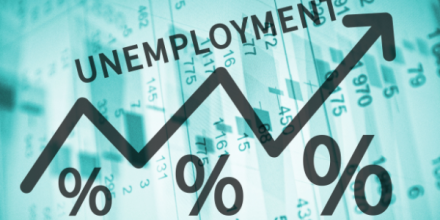Competition and the Phillips curve

Event details
ACDE Seminar
Date & time
Venue
Speaker
Contacts
It has been well documented that the Phillips curve has flattened, making central bankers wary of the reduced effectiveness of monetary policy to achieve price stability. There has also been a growing concern about higher market concentration and the rising profit margins and markup rates. Are these two events merely coincidental or causally related? To address this issue, this paper extends the canonical New Keynesian model to introduce markup-rate changes caused by endogenous entry, by using the Homothetic Single Aggregator (HSA), a class of flexible and tractable homothetic demand systems, which contain CES and Translog as special cases. Under Marshall’s second law of demand (i.e., the price elasticity of demand goes up with its price) and the third law of demand (i.e., the rate of increase in the price elasticity goes down with its price), a higher entry cost, which leads to market concentration, causes the flattening of the Phillips curve for two reasons. First, market concentration leads to a rise of the markup rate and a decline of the pass-through rate, which structurally reduces the slope of the Phillips curve. Second, an endogenous change in the number of firms generates an endogenous cost-push shock through strategic complementarity. Due to this endogeneity of the cost-push shock, a naive regression of the inflation rate on the real marginal cost leads to the negative omitted variables bias, which is amplified with more concentration. This weakens the estimated relationship between the inflation rate and the marginal cost. These two reasons, one structural and one observational, together can go a long way toward understanding the flattening of the Phillips curve.
Attend the seminar in-person:
Venue: Acton Theatre, JG Crawford Building, ANU Crawford School of Public Policy, 132 Lennox Crossing, Acton ACT
Updated: 18 October 2024/Responsible Officer: Crawford Engagement/Page Contact: CAP Web Team






